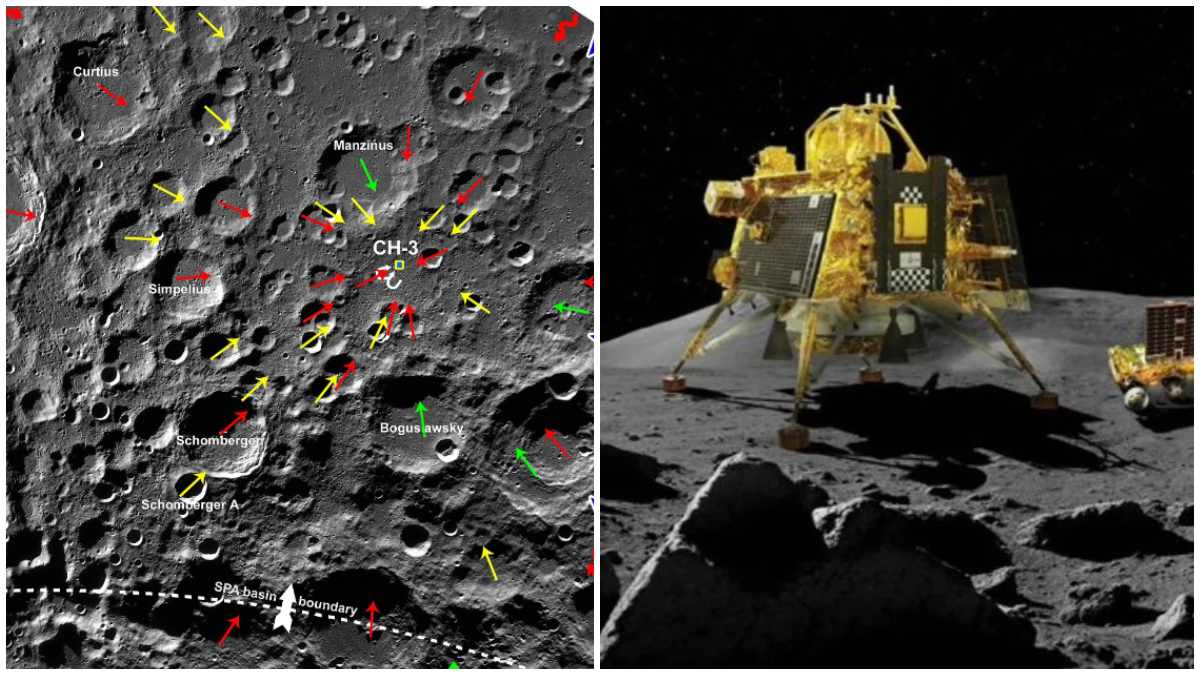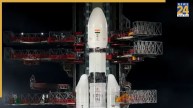India’s Chandrayaan-3 mission has bagged another significant success by unearthing the crucial geological feature of the Moon. After successfully placing its Pragyan rover on the Moon’s south pole last year in 2023, it captured images of a buried ancient crater 160 kilometers wide near its landing site. Scientists from the Physical Research Laboratory in Ahmedabad published these findings in the latest issue of Science Direct.
Discovery Of Ancient Moon Crater
The crater was identified by the Pragyan rover during its traverse of highland terrain about 350 km from the South Pole-Aitken basin largest and oldest impact basin on the moon’s surface. That ancient crater is considered to have formed before the South Pole-Aitken basin and thus one of the oldest geological structures of the moon. Debris from subsequent impacts from the Aitken basin has buried and degraded much of the crater over the ages.
Insights From High-Resolution Images
The Pragyan rover captured images showing the structure of the ancient crater using its system’s navigation and high-resolution optical cameras, thereby shedding light on the geological history of the Moon. It turns out that the chosen landing site with the prevalence of debris from earlier impacts is an ideal lunar exploration location.
Chandrayaan-3 landing site evolution by South Pole-Aitken basin and other impact craters – revealed in a study led by @PRLAhmedabad scientist Dr. S. Vijayan.#shivshaktipointhttps://t.co/y9yORpviM9 pic.twitter.com/A7Ivtl5C9H — Prof. Anil Bhardwaj, FNA,FASc,FNASc,JC Bose Fellow (@Bhardwaj_A_2016) September 22, 2024
---Advertisement---
On September 20, the results of the findings were published, stating that “We found a semi-circular, heavily degraded structure enveloped around the landing site, interpreted as a buried impact crater approximately 160 km in diameter, probably formed before the SPA basin.”
Insights Into The Moon’s Geological History
This newly discovered crater site will allow scientists to expand their understanding of how the Moon developed its early geological past. This newly identified crater is important because scientists believe that it was formed long before the South Pole-Aitken basin, considered a very crucial area for geological research, was formed. The regolith layer, or dust and rock that cover the surface of the Moon, in this site, holds much importance to understanding how this region in the Moon came into existence and, thus, developed.













